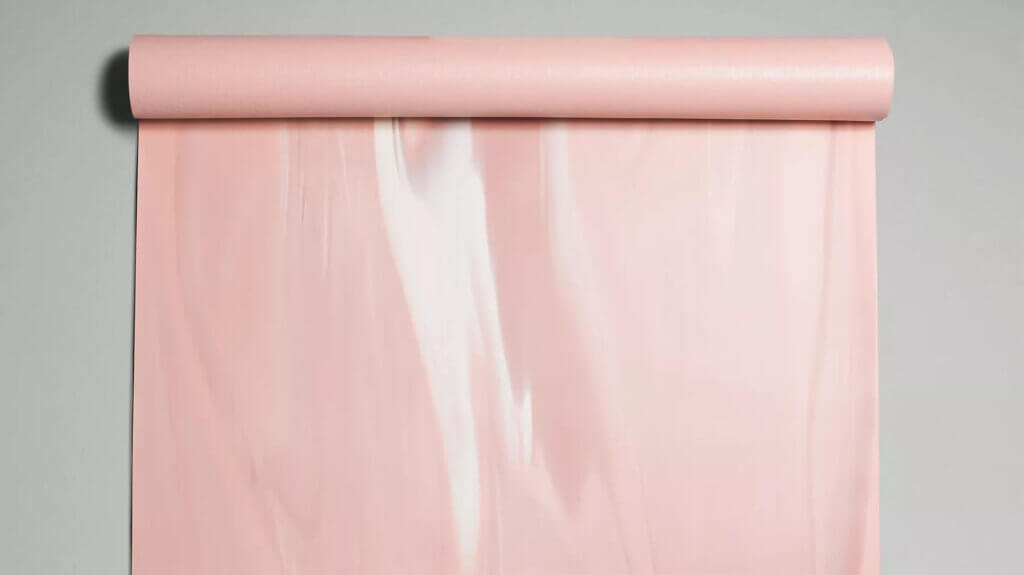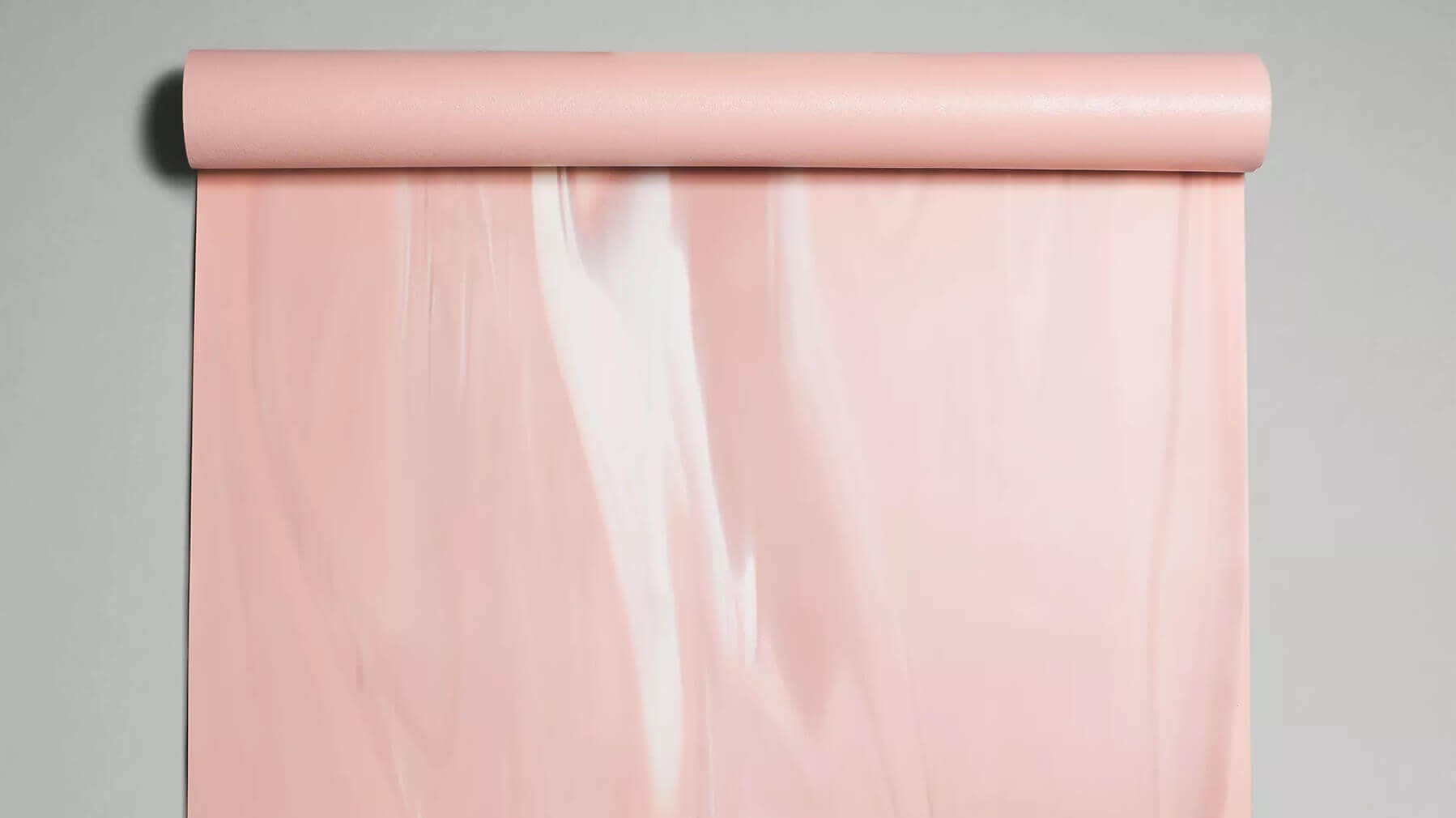When it comes to choosing a yoga mat, two popular brands that often come to mind are Liforme and Lululemon. While both offer high-quality mats, they differ in various aspects, such as materials, grip, design, and overall performance. In this article, we’ll explore these differences to help you make an informed decision and find the perfect yoga companion that suits your needs and preferences.
Materials
Liforme Yoga Mats are crafted using eco-friendly materials, typically made of natural rubber and sustainably sourced materials. They are free from harmful substances like PVC and latex, making them a great choice for environmentally conscious yogis.
On the other hand, Lululemon Mats are often made with a blend of synthetic materials, providing durability and ease of cleaning. The choice between natural and synthetic materials ultimately depends on your personal preference and eco-consciousness.
Grip
Grip is a crucial factor when it comes to yoga mats, as it ensures stability and prevents slippage during practice.
Liforme Yoga Mats are renowned for their exceptional grip, thanks to the specially designed “GripForMe” surface. This unique feature offers excellent traction even in hot and sweaty conditions, allowing you to focus on your practice without any distractions.
Lululemon Mats, on the other hand, provide a reliable grip with their textured surfaces, albeit with a slightly different feel. The choice of grip largely depends on your individual preferences and the intensity of your practice.
Design
Design is another area where Liforme and Lululemon mats differ.
Liforme Yoga Mats are known for their alignment markers, which are etched onto the surface to assist yogis in achieving proper alignment during poses. These markers serve as visual cues, helping practitioners refine their practice and enhance body awareness.
On the contrary, Lululemon Mats offer a simpler design, focusing on minimalism and aesthetic appeal. Some individuals may prefer the alignment markers for their instructional value, while others may appreciate the clean and uncluttered look of the Lululemon mats.
Overall Performance
When it comes to overall performance, both Liforme and Lululemon mats excel in their respective areas.
Liforme Yoga Mats are highly regarded for their durability, providing long-lasting support and cushioning even with regular use. They are also known for their ability to absorb impact, reducing strain on joints during intense movements.
Lululemon Mats, on the other hand, offer a balanced combination of durability and portability, making them a popular choice for yogis on the go. Additionally, Lululemon mats often come with antimicrobial properties, preventing the growth of bacteria and odors.
Pros and Cons of Liforme Yoga Mats
Pros:
- Superior Grip: Liforme Yoga Mats are renowned for their exceptional grip, ensuring stability and preventing slippage during yoga practice, even in hot and sweaty conditions.
- Eco-friendly Materials: Liforme mats are made of natural rubber and sustainably sourced materials, making them an excellent choice for environmentally conscious yogis.
- Alignment Markers: Liforme mats feature alignment markers etched onto the surface, providing visual cues for proper alignment and helping practitioners refine their poses and body awareness.
- Durability: These mats are highly durable and can withstand regular use, maintaining their support and cushioning over time.
- Impact Absorption: Liforme mats have the ability to absorb impact, reducing strain on joints during intense movements and providing added comfort.
Cons:
- Higher Price Point: Liforme Yoga Mats are generally priced higher compared to other yoga mats in the market, which may be a deterrent for budget-conscious individuals.
- Heavier Weight: Due to their high-quality construction and materials, Liforme mats can be slightly heavier than some other mats, making them less ideal for frequent travel or carrying around.
Pros and Cons of Lululemon Mats

Pros:
- Reliable Grip: Lululemon Mats offer a reliable grip with textured surfaces, allowing yogis to maintain stability and prevent slippage during their practice.
- Durability and Portability: Lululemon mats strike a balance between durability and portability, making them suitable for both studio use and for yogis on the go.
- Minimalistic Design: Lululemon mats are known for their minimalist design, providing a clean and uncluttered aesthetic appeal.
- Antimicrobial Properties: Many Lululemon mats come with antimicrobial properties, inhibiting the growth of bacteria and odors, ensuring a hygienic practice surface.
Cons:
- Synthetic Materials: Lululemon mats are often made with a blend of synthetic materials, which may not be as eco-friendly as natural rubber or sustainably sourced options.
- Lack of Alignment Markers: Unlike Liforme mats, Lululemon mats do not have alignment markers, which some yogis may find helpful for refining their poses and body alignment.
- Grip Variation: While Lululemon mats provide a reliable grip, some users may find that the grip feel differs slightly from other mats, which may be a matter of personal preference.
- Price Range: Lululemon mats, similar to Liforme mats, can be on the higher end of the price spectrum compared to other yoga mats available in the market.
Conclusion
In conclusion, Liforme Yoga Mats and Lululemon Mats have their unique strengths and characteristics. Liforme excels in eco-friendliness, exceptional grip, alignment markers, and overall durability. Lululemon, on the other hand, offers a blend of synthetic materials, reliable grip, minimalist design, and portability.
| Liforme Yoga Mats | Lululemon Mats | |
|---|---|---|
| Materials | Natural rubber, sustainably sourced | Blend of synthetic materials |
| Grip | Excellent traction with “GripForMe” surface | Reliable grip with textured surface |
| Design | Alignment markers for proper alignment | Minimalistic and aesthetic |
| Overall Performance | Durable, impact-absorbing | Durable and portable with antimicrobial properties |
| Price | Check price | Check price |
Ultimately, the choice between Liforme and Lululemon mats comes down to personal preferences, environmental considerations, and the specific needs of your yoga practice. By understanding the differences between these two brands, you can make an informed decision and find the perfect yoga mat that accompanies you on your wellness journey. Happy practicing!






